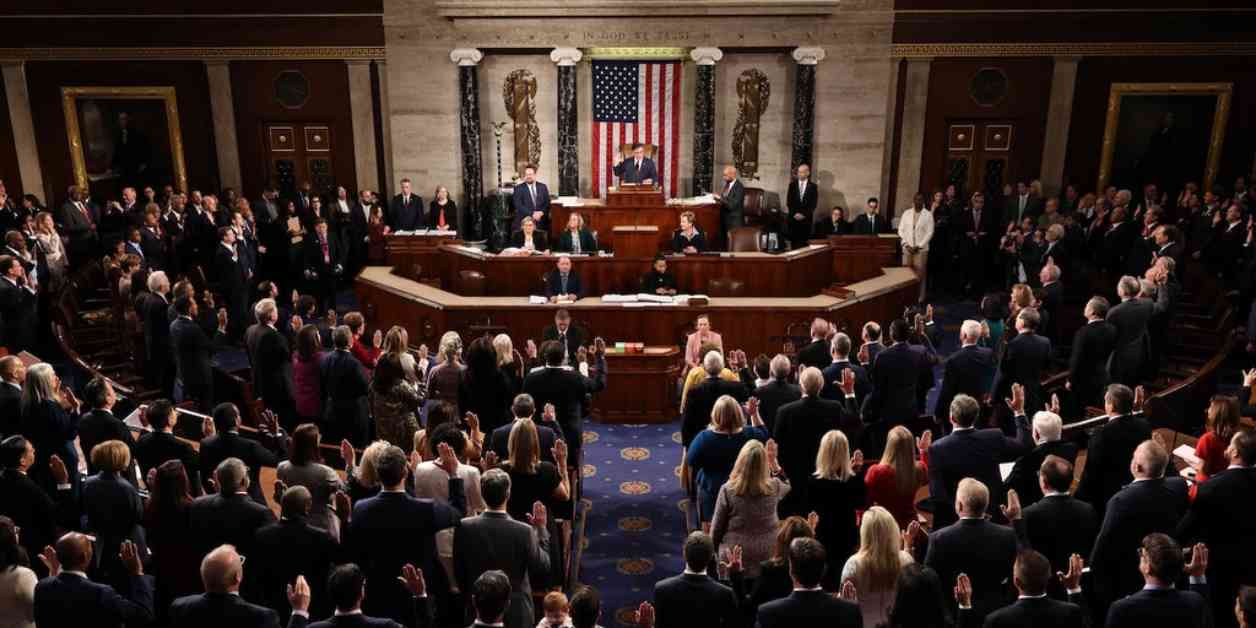Certifying the Presidential Election: A Comprehensive User’s Guide
The House and Senate will meet on Monday in a Joint Session of Congress to certify the results of the 2024 presidential vote. The Capitol riot and contretemps over certification of the 2020 presidential election converted the quadrennial, often sleepy affair of certifying the Electoral College into a full-blown national security event. Congressional security officials began erecting 10-foot-high fencing around the outer perimeter of the Capitol complex over the past few days. Some of the fences extend beyond the usual “Capitol Square” which includes the Capitol building itself. One such fence was all the way around the outer boundaries of the Russell Senate Park. One of the great ironies in the American political system is that the person who lost the race for the presidency often presides over their own defeat. In this case, Vice President Harris. Harris remains the Vice President until January 20. That also means she continues as President of the Senate.
What the 12th Amendment Says
Here’s what the 12th Amendment to the Constitution says about Congress signing off on the election results: “The President of the Senate shall, in the presence of the Senate and House of Representatives, open all the certificates and the votes shall then be counted.” This dictates a Joint Session of Congress. This is where the House and Senate meet together, simultaneously, usually in the House chamber. The Speaker of the House presides alongside the President of the Senate: in this case, Vice President Harris. But Harris kind of runs the show. The House and Senate only meet in a Joint Session of Congress to receive the President for State of the Union and to certify the election outcome. And since the House successfully elected a Speaker on Friday afternoon, the House and Senate can convene the Joint Session. House Speaker Mike Johnson, R-La., will co-preside over the session atop the dais in the House chamber.
Changes to the Electoral Count Act
In late 2022, lawmakers made several changes to the 1887 “Electoral Count Act.” Congress initially passed the Electoral Count Act in response to the disputed election of 1876. Multiple states sent competing slates of electors to Washington. Lawmakers determined there was no formality to tabulating the Electoral College results. The 2022 Electoral Count Reform and Presidential Transition Improvement Act clarified the role of the Vice President in the Joint Session of Congress. The new law also established an expedited judicial appellate process for litigation regarding electoral votes. Finally, the law altered how lawmakers themselves can contest a state’s slate of electors during the Joint Session.
Conclusion
The outcome of the 2024 election is not in dispute. There’s no expectation of anyone forcing additional Congressional reviews of the Electoral College. And despite additional precautions, Capitol security officials are not anticipating rallies and certainly no violence, unlike 2021. In 2021 – after the riot and two near fistfights on the House floor – Pence certified the outcome of the electoral vote just before 4 a.m. EST on January 7. This year’s exercise should be wrapped up in about an hour or so. Vice President Harris will announce that Donald Trump won the election “for a term beginning on the 20th day of January 2025.” She will then dissolve the Joint Session. And two weeks later at noon, U.S. Chief Justice John Roberts swears-in Donald John Trump on the West Front of the Capitol for his second term.




